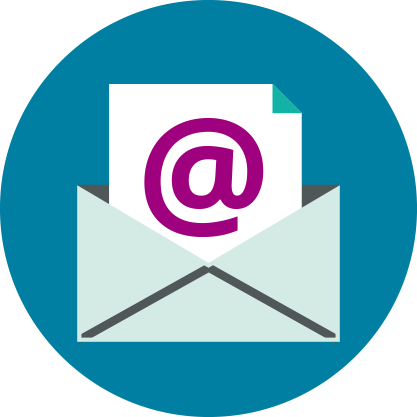
If you're an educator
Description
For introductory coursesin Python Programming and Data Structures.
A fundamentals firstapproach to programming helps students create efficient, elegant code
Introduction to PythonProgramming and Data Structures introducesstudents to basic programming concepts using a fundamentals-first approach thatprepares students to learn object-oriented programming and advanced Pythonprogramming. This approach presents programming concepts and techniques thatinclude control statements, loops, functions, and arrays before designing customclasses. Students learn basic logic and programming concepts prior to movinginto object-oriented and GUI programming. The content incorporates a widevariety of problems with various levels of difficulty and covers manyapplication areas to engage and motivate students.
Introduction to Python Programmingand Data Structures is intended for use in theintroduction to programming course.
Daniel Liang is known for hisfundamentals-first approach to teaching programming concepts and techniques.Fundamentals-first means that students learn fundamental programming conceptslike selection statements, loops, and functions, before moving into definingclasses. Students learn basic logic and programming concepts before moving intoobject-oriented programming, and GUI programming.
Another aspect of Introductionto Python Programming and Data Structures is that in addition to thetypical programming examples that feature games and some math, Liang gives anexample or two early in the chapter that uses a simple graphic to engage thestudents. Rather than asking them to average 10 numbers together, they learnthe concepts in the context of a fun example that generates something visuallyinteresting.
Using the graphics examples isoptional in this textbook. Turtle graphics can be used in Chapters 1-5 tointroduce the fundamentals of programming and Tkinter can be used fordeveloping comprehensive graphical user interfaces and for learning object-orientedprogramming.



